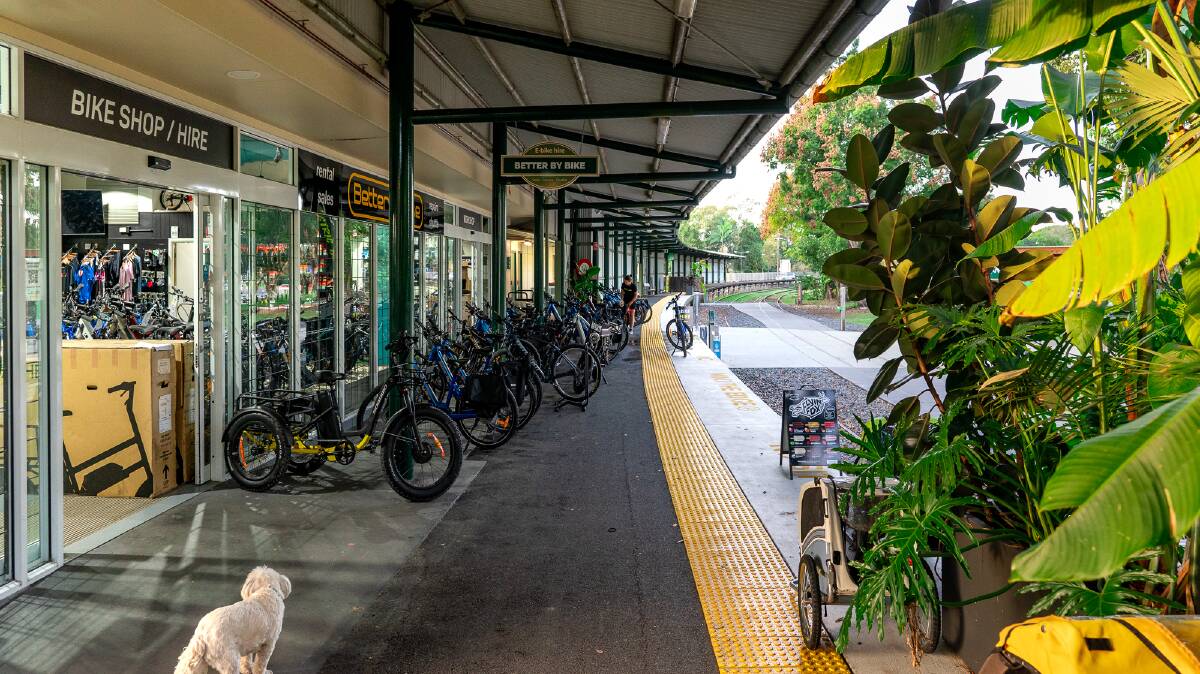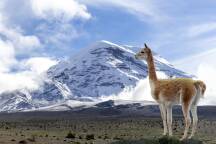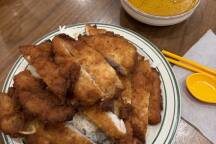Make tracks and enjoy the ride along the Northern Rivers Rail Trail
A whistle-stop tour of the Tweed reveals a region that's going places.
Murwillumbah Station looks almost like you would expect from a rural train station. Almost. There's a platform, waiting rooms, a cafe, and some track. People are moving in and out on their way across the region. But the big difference here - they're moving on bikes, not trains.
Subscribe now for unlimited access.
or signup to continue reading

Murwillumbah Station, in the Tweed region of New South Wales, is the trailhead for the Northern Rivers Rail Trail, an ambitious project to transform 132 kilometres of an old train corridor into a scenic path for cyclists and pedestrians. This recently opened stretch I'm riding along is 24 kilometres.

This may now be the domain of cyclists, but the rail history has not been forgotten. I start by hiring a bicycle from Better by Bike, a convenient rental shop operating from the heritage-listed building on Murwillumbah's platform. Then, as I pedal along the trail, passing through the route's small towns, information boards and shelters evoke images of the train stops that once were.
At the old Dunbible station, there's an honesty-system fruit stall with bananas, cumquats, and passionfruit. At the old Stokers Siding station, there's a small cafe aptly named Numbums. And across from the old Burringbar station, you may find something at the antique store. But the real treasures here are the changing landscapes I glide through: sugar cane and temperate rainforest, rolling green hills dotted with cows, and sparkling creeks and rivers.

Having spent a couple of days in the Tweed already on this trip, the varied environments are no surprise. The coastal areas get much of the attention, but coasting through the hinterland reveals a range of experiences across the large caldera formed by an ancient volcano.
At the caldera's centre is the volcanic plug known as Mount Warning or Wollumbin. The hiking trail to its summit has been closed for several years, but I explore a shorter walking route within the Wollumbin National Park, through the prehistoric Gondwana rainforest so significant that it's part of a World Heritage Site. Towering trees surround me, birds bouncing between branches.

On the eastern edge of the caldera, the rich volcanic soil has been put to good use by Tropical Fruit World, a farm that's grown so much in its 42 years that it almost feels like a theme park, with tours through the expansive plantations of more than 500 species.

"We've collected all the most exotic fruits in the world and we've brought them together in one space," guide Kya explains. "You just won't see it anywhere else."
The full tour takes about two hours and starts with a tasting (I'd never heard of rollinia, which it turns out tastes like a lemon meringue pie), followed by a drive through the orchards, and even a boat cruise along the farm's river. But there are also shorter activities suitable for all ages.

And then down in the basin of the caldera, much of it covered in a carpet of lush sugarcane, the Husk Farm Distillery is surrounded by the main ingredient for its rum. Unlike most distilleries, Husk Farm gets all its sugar cane from a single estate and uses the juice, rather than the molasses, to create its unique flavour. "The caldera is expressed with the terroir," says Mark, who runs tours here.
It was the distillery's Ink Gin that put it on the map, the colour-changing effect when tonic is added going viral online. But less gimmicky are the parts of the tour about the nuances of this unusual rum-making operation. Then, beyond the tour and tasting, the distillery has also grown into a social hub for the region, with an excellent restaurant, bar, and family-friendly lawn.

Something I realise as I explore the area is how conveniently located everything is. Husk Farm Distillery and Tropical Fruit World are less than 15 minutes' drive from the coastal community of Kingscliff, in turn only about 10 minutes from Gold Coast Airport.
And so, I make Kingscliff my base to get a beach fix amongst all the activities in the hinterland. At the Blue Water Motel, I find a fun and casual motel with a recent renovation that blends modern conveniences with retro surf decor. Windows looking onto the carpark have stools beneath the sill in case you want to sit and chat with passing guests, while a coffee caravan has your morning fix sorted. A bit further down the beach, Halcyon House has taken the 1960s surf style to an elevated level, bringing luxury to the fun reimagining of this classic motel. Even if you aren't staying here, the motel's restaurant, Paper Daisy, offers a taste of this local landmark.

But my favourite meal is at Tweed River House, a stately 100-year-old wooden home that has been restored into an elegant restaurant serving haute cuisine. The menu is excellent - I choose a cured fish starter and lamb rack main - but the highlight is the pairing with the view of the stunning river and mountains from my table on the covered verandah. I suggest coming for lunch to make the most of the daylight.

Lunch also gives me time to go the kilometre up the road to the Tweed Regional Gallery, one of the best in New South Wales - and a bit of a hidden gem, as they say. Several spaces are used to showcase the permanent collection and highlight temporary exhibitions (the current one about spiders is as fabulously creepy as it sounds). But what makes the gallery really special is the recreation of Margaret Olley's home studio, filled with more than 20,000 items the famed painter collected as inspiration for her works.

Conveniently, you can even visit the Tweed Regional Gallery as a stop along the Northern Rivers Rail Trail. It's just over two kilometres along the path from Murwillumbah Station - perhaps just one more reason to discover the variety of the region by bike for a day.
Michael was a guest of Destination NSW. You can see more things to do in The Tweed on his Travel Australia Today website.

to travel the world forever. He'll show you how to find the lesser-known
places, get involved in the culture, learn the history, and meet locals
along the way.
Travel's Top Picks
Travel's Most Viewed
I lived in a small Italian village for three months - and it changed my life

I took the Sydney to Melbourne sleeper train - here's what you need to know

After loss, our family's two years on the road became our greatest treasure

Floating saunas and hidden beaches: 15 Sydney secrets to find this summer

The costly cruise mistake too many travellers make before they set sail








